 "ttyymmnn" (ttyymmnn)
"ttyymmnn" (ttyymmnn)
01/23/2018 at 12:35 • Filed to: wingspan, Planelopnik, TDIAH
 9
9
 15
15
 "ttyymmnn" (ttyymmnn)
"ttyymmnn" (ttyymmnn)
01/23/2018 at 12:35 • Filed to: wingspan, Planelopnik, TDIAH |  9 9
|  15 15 |
!!! UNKNOWN CONTENT TYPE !!!
Welcome to
This Date in Aviation History
, getting of you caught up on milestones, important historical events and people in aviation from January 20 through January 23.
!!! UNKNOWN CONTENT TYPE !!!
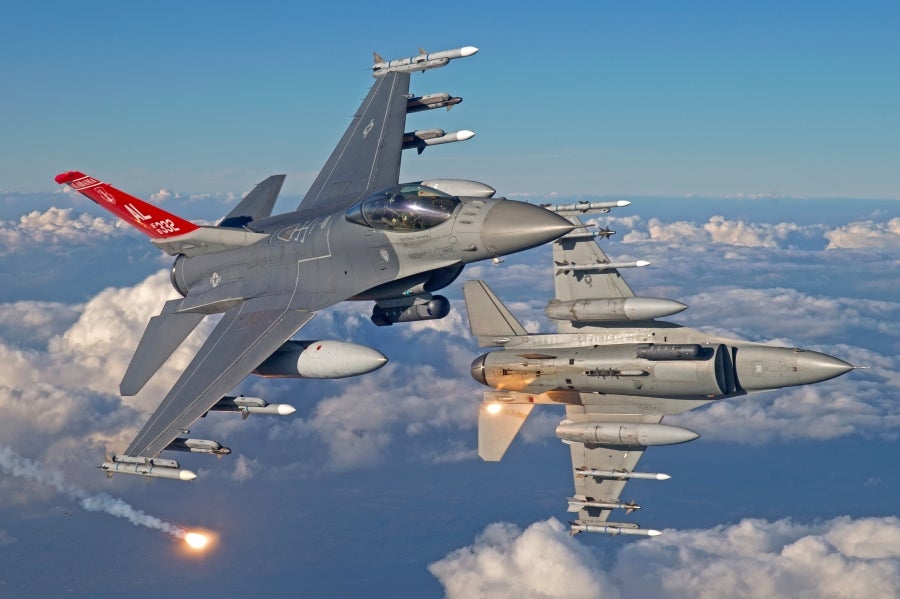
January 20, 1974 – The first flight of the General Dynamics F-16 Fighting Falcon. With the first flight of the !!!error: Indecipherable SUB-paragraph formatting!!! in 1972, the US Air Force knew they had a winner on their hands, a true air superiority fighter that could take control of the sky over the battlefield and hold it. But as good as the F-15 was (and still is), it was also big and expensive, and the Air Force was concerned that they wouldn’t be able to afford enough of them to counter the hordes of Soviet fighters they would face in a potential war. Back in the 1960s, and based on experience with the heavy !!!error: Indecipherable SUB-paragraph formatting!!! against more nimble Russian fighters, Air Force Col. John Boyd, along with mathematician Thomas Christie, developed the !!!error: Indecipherable SUB-paragraph formatting!!! (E-M) which showed that small, lightweight aircraft would suffer the least amount of energy loss while maneuvering, especially when combined with a high thrust-to-weight ratio. Armed with that data, the Air Force announced the !!!error: Indecipherable SUB-paragraph formatting!!! (LWF), requesting proposals for an inexpensive, lightweight aircraft that would also be highly maneuverable. The request stated that the new fighter must have a high thrust-to-weight ratio, weigh no more than 20,000 lbs and cost no more than $3 million per copy (the F-15 cost about $5 million in 1972 dollars).
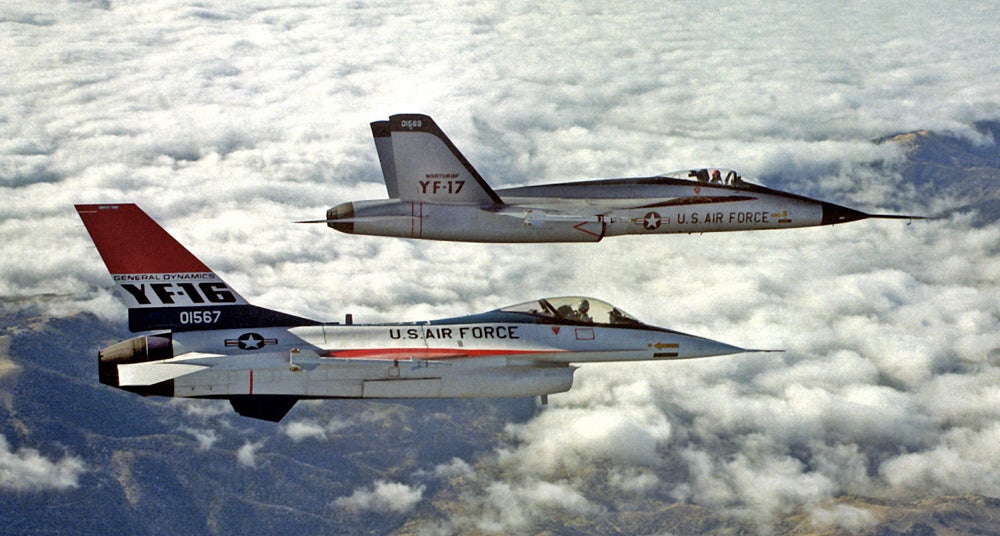
The prototype YF-16 flies in formation with the prototype YF-17 during the competition to select a new lightweight fighter for the US Air Force
Two companies responded to the request. Northrop submitted the twin-engine !!!error: Indecipherable SUB-paragraph formatting!!! , which was an enlarged derivative of their own lightweight !!!error: Indecipherable SUB-paragraph formatting!!! , while General Dynamics put forward the single-engine YF-16. To keep the costs down, the F-16 would use the same engine that was powering the F-15, and as much as 58-percent of the components were interchangeable with other Air Force aircraft. Many of the parts, such as !!!error: Indecipherable SUB-paragraph formatting!!! , !!!error: Indecipherable SUB-paragraph formatting!!! , and landing gear, were reversible, meaning that the parts weren’t specific to one side of the aircraft. The large air intake was positioned below the pilot, and the front landing gear was set behind the intake to limit foreign object debris (FOD) from fouling the engine. The gun was also placed above and behind the intake to prevent the ingestion of muzzle gasses. In another innovation, the pilot’s seat was reclined at 30 degrees, and the pilot’s feet raised, to allow the pilot to sustain higher G loads. And rather than a central control stick, the pilot was given a joystick mounted on the right side of the cockpit.
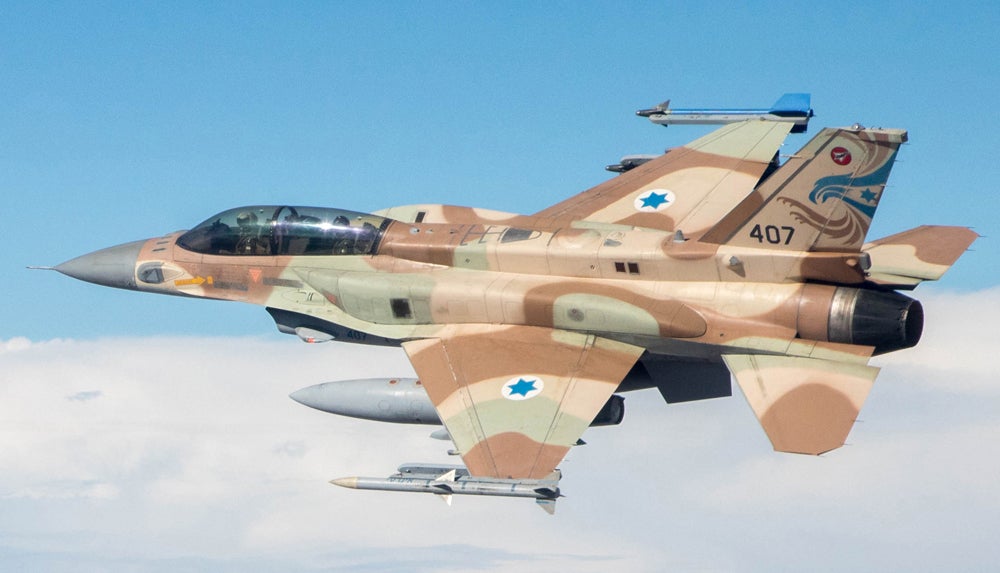
An F-16I Soufa (Storm) of the Israeli Air Force. Note the conformal fuel tanks added to the side of the fuselage to increase range but limit drag. The added dorsal avionics compartment houses avionics, chaff and flare dispensers, and the in-flight refueling receptacle.
Following the competition, the YF-16 was declared the winner of the LWF competition on January 13, 1975 (the YF-17 would eventually be developed into the
!!!error: Indecipherable SUB-paragraph formatting!!!
for the US Navy). The F-16 Fighting Falcon (or Viper, as it is sometimes called) was introduced in 1978 and saw its first combat action in the
!!!error: Indecipherable SUB-paragraph formatting!!!
of 1991 and serves as the backbone of the US Air Force fighter and ground attack arsenal. In addition to its service with the US, the F-16 has been widely exported to over 25 other nations, and has seen combat in the Balkans, the Mediterranean and the Middle East. Production of the F-16 was sold to
!!!error: Indecipherable SUB-paragraph formatting!!!
in 1993, and while the US Air Force is no longer procuring new F-16s ahead of the awaited entry into service of the
!!!error: Indecipherable SUB-paragraph formatting!!!
Lockheed Martin is still building new aircraft for foreign customers, and more than 4,500 F-16s have been built to date. With forty years of service, the oldest F-16s have begun the conversion to QF-16 target drones which will be used to train the future generation of fighter pilots.
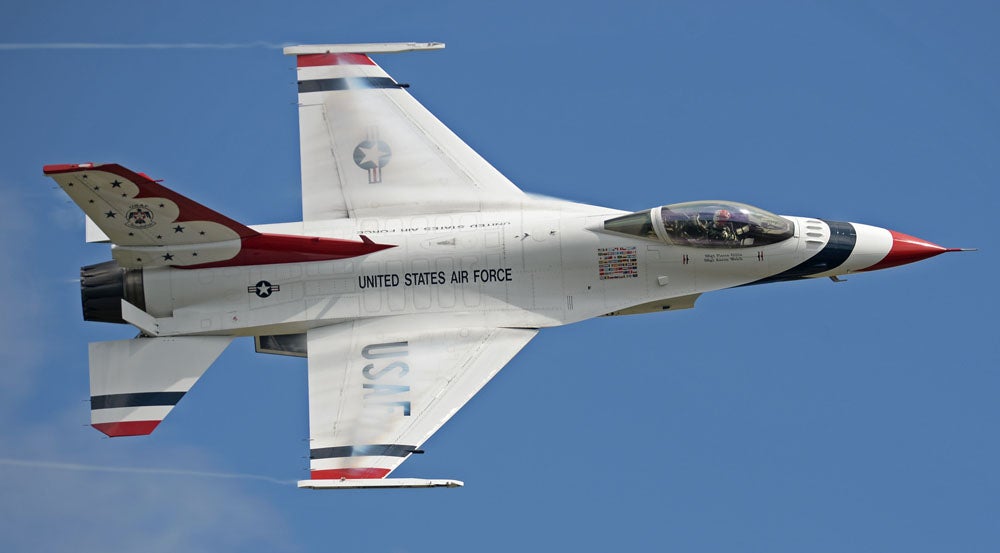
An F-16C of the US Air Force Thunderbirds demonstration squadron. The Thunderbirds began flying the F-16 in 1983.
Note : While January 20, 1974 marks the first flight of the YF-16, that flight was entirely unintentional. Test pilot Phil Oestricher was performing a routine taxi test when he experienced roll-control oscillation that caused the wingtips to strike the ground. In a split-second decision, Oestricher chose to take off rather than continue the taxi test and, after a brief six-minute flight, he returned without incident. The official maiden flight took place on February 2. (Photo by DF16 via !!!error: Indecipherable SUB-paragraph formatting!!! ; US Air Force photo; Israel Air Force Photo; US Air Force photo)
!!! UNKNOWN CONTENT TYPE !!!
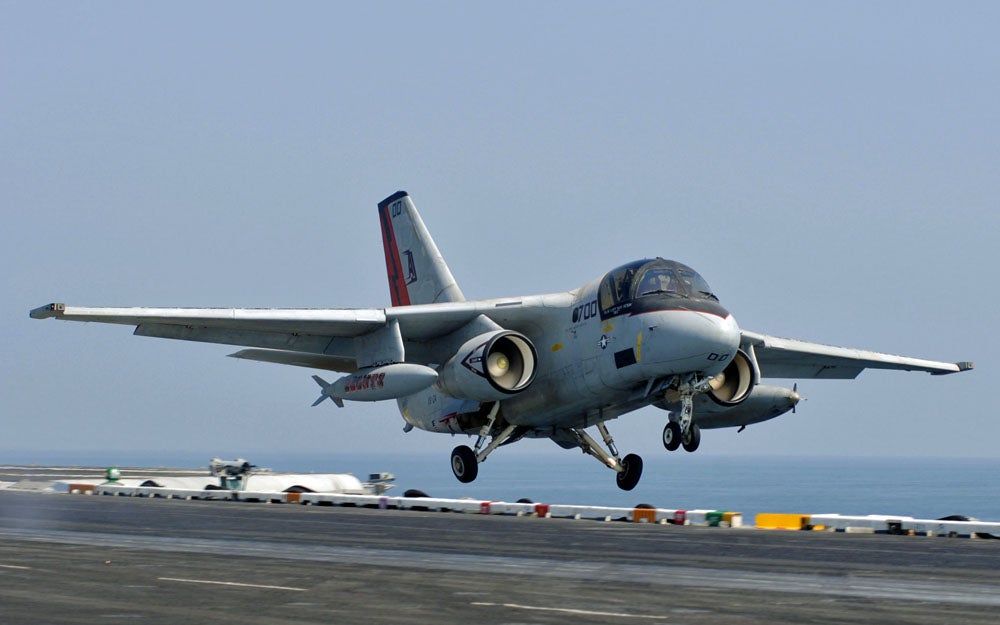
January 21, 1972 – The first flight of the Lockheed S-3 Viking. Ever since the First World War, submarines have been a constant menace to surface ships as they prowled the depths virtually undetected and loosed their torpedoes against unsuspecting ships. But the arrival of the !!!error: Indecipherable SUB-paragraph formatting!!! (SSN-571) nuclear submarine in 1954 signaled a quantum leap in capability over its ancestors, primarily due to its ability to stay submerged for long periods of time and cover vast distances out of sight under the world’s oceans. Once those submarines gained the capability to launch nuclear missiles, the task of finding and destroying enemy submarines became of paramount importance.
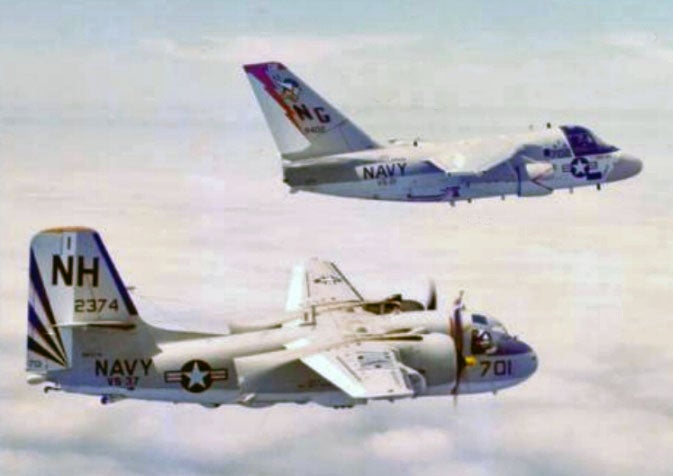
A Viking flies alongside a Grumman S-2 Tracker, the aircraft it replaced, in 1976.
The year 1954 also marked the arrival of the the !!!error: Indecipherable SUB-paragraph formatting!!! , the US Navy’s first purpose-built antisubmarine warfare (ASW) aircraft. But as submarines began diving deeper and moving faster, and more quietly, the Navy issued a proposal in 1967 for a more modern aircraft that would be capable of operating from their carrier fleet. In response, they received proposals from five companies, including a joint proposal from Lockheed and Ling Temco Vought (LTV). The Lockheed offering was chosen as the winner in 1969, and design and production of the S-3 was divided among the partners. LTV, with more experience building carrier aircraft, produced the wings, tail, landing gear, and engine pods, Univac made the computers and data processing components, and Lockheed built the fuselage and coordinated the finally assembly and integration of the components. Following the maiden flight, additional money was allocated to build eight more research and development aircraft, and orders for 179 aircraft quickly followed, such was the perceived need for the Viking.
 !!!CAPTION ERROR: MAY BE MULTI-LINE OR CONTAIN LINK!!!
!!!CAPTION ERROR: MAY BE MULTI-LINE OR CONTAIN LINK!!!
The S-3 is powered by a pair of !!!error: Indecipherable SUB-paragraph formatting!!! high bypass turbofans that give the Viking excellent range and loiter time while hunting submarines. It carries a crew of four (three officers and one enlisted), with the pilot and copilot/tactical coordinator in the front seats, and the tactical coordinator and sensor operator in the back. For hunting submarines, the Viking was equipped with an AN/APS-116 sear search radar, forward looking infrared (FLIR), up to 16 sonobuoys that could be dropped to detect submarines underwater, and a magnetic anomaly detector (MAD) boom that could track subs by their magnetic signature. Unlike earlier aircraft like the S-2 or the !!!error: Indecipherable SUB-paragraph formatting!!! , the crew could share data between their screens and combine sensor information, making the 4-man crew as effective as a 12-man Orion crew. Once a sub was detected, the Viking crew could call on nearly 5,000 pounds of bombs, torpedoes, depth charges or missiles at the disposal. Anti-shipping missiles could also be fitted.
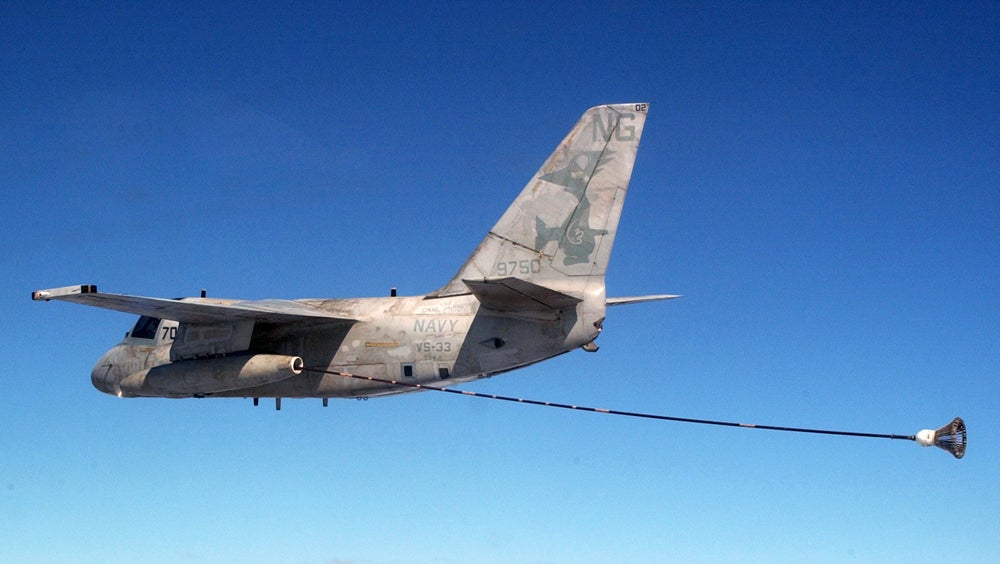
An S-3 tanker with the refueling hose extended.
The Viking became operational in 1974 and immediately began their sub hunting duties to detect enemy ballistic missile submarines and protect the !!!error: Indecipherable SUB-paragraph formatting!!! . Following the !!!error: Indecipherable SUB-paragraph formatting!!! of the Soviet Union in 1991, and the subsequent breakup of the Warsaw Pact, the threat of Russian submarines was greatly reduced, and the Viking saw its role change to primarily sea surface search and anti-surface warfare. Most of the sub hunting gear was removed, and many Vikings also took on the role of aerial tanker. The S-3 saw service in the 1991 Gulf War and over Iraq during Operation Iraqi Freedom, but by 2009 the Navy announced the retirement of the Viking from carrier service, its role taken over by other fixed wing aircraft already in the Navy’s arsenal. The final Viking was retired from service on January 11, 2016. (US Navy photos)
!!! UNKNOWN CONTENT TYPE !!!

January 23, 1951 – The first flight of the Douglas F4D-1 (F-6) Skyray. One of the most important spoils of war that the Allies took from the Germans at the end of WWII was the trove of aerodynamic research that had been carried out by German scientists and, in many cases, the scientists themselves. Germany was on the forefront of innovative and even radical aircraft design, and the Allies were soon employing many of the German ideas in their own aircraft. Among the materials captured in !!!error: Indecipherable SUB-paragraph formatting!!! was the work of !!!error: Indecipherable SUB-paragraph formatting!!! , who had done a significant amount of research into delta wings, specifically !!!error: Indecipherable SUB-paragraph formatting!!! delta designs.
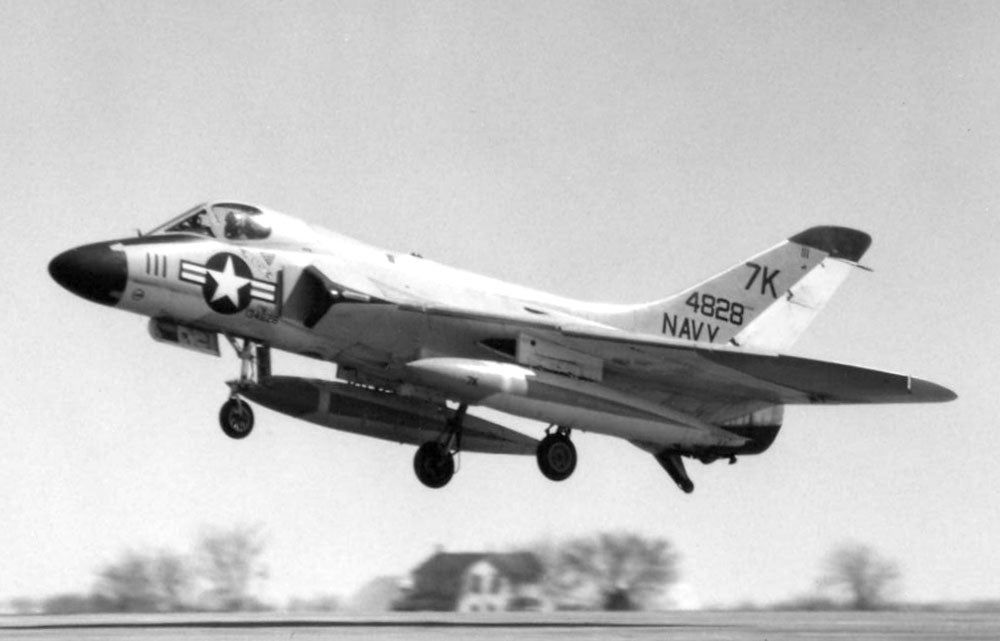
A US Navy reserve F-6A taking off in 1963. After the Department of Defense adopted a uniform scheme for classifying aircraft, the F4D Skyray became the F-6 Skyray.
In 1947, the US Navy issued a requirement for a new interceptor, one that could be launched from either land or sea. The new interceptor would have to be very fast and have an excellent rate of climb, as it was intended to intercept bombers flying at 40,000 feet with a speed of 575 mph. With an interception range of 100 miles, the new fighter would have to reach 40,000 feet in just five minutes. Following the inspiration of Lappish, famed Douglas engineer !!!error: Indecipherable SUB-paragraph formatting!!! created a relatively small aircraft that had rounded delta wings and no tail. The wings were swept to 52.5 degrees, which had the added benefit of shifting the center of gravity aft which improved the aircraft’s pivot point in pitch. With no horizontal tail, the pilot controlled pitch and roll with the use of !!!error: Indecipherable SUB-paragraph formatting!!! , a movable control surface that combines the functions of ailerons and elevators. This arrangement later became standard on most delta wing designs. A hydraulic booster helped activate the elevons and, in the event of hydraulic failure, the control stick could be extended by 12 inches to give the pilot more leverage.
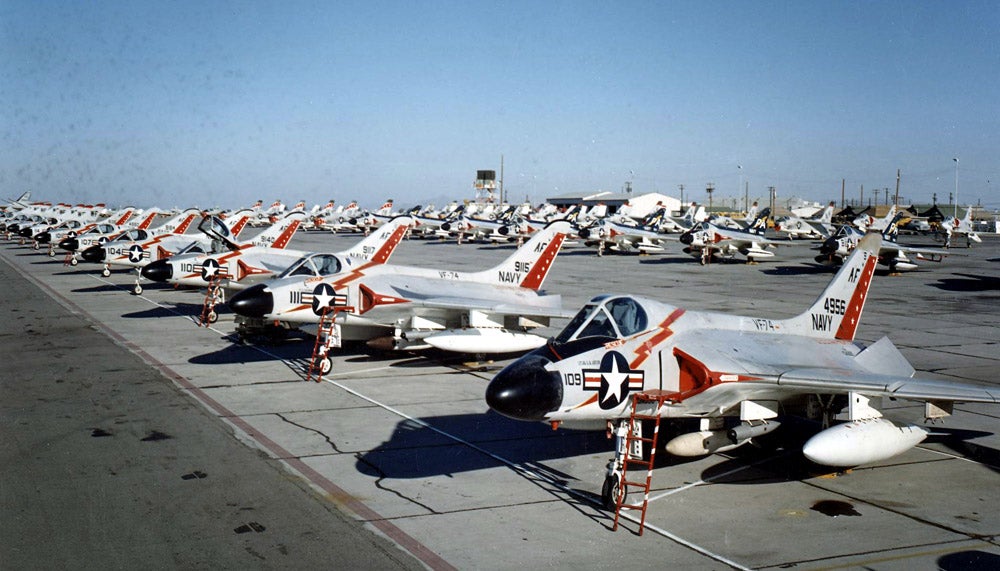
U.S. Navy Douglas F4D-1 Skyrays of Fighter Squadron VF-74 “Be-Devilers” at Marine Corps Air Station Yuma, Arizona (USA), in 1959.
Heinemann originally intended to use the !!!error: Indecipherable SUB-paragraph formatting!!! afterburning turbojet, but that engine wasn’t ready in time for use in the prototype, so they substituted a less powerful Allison engine, which significantly affected the Skyray’s performance. The only available engine that would give the Skyray the desired performance was the !!!error: Indecipherable SUB-paragraph formatting!!! , but using this engine required a complete redesign of the fuselage. It turned out that the extra work was worth it, because the Skyray turned out to be everything the Navy wanted in an interceptor, and could easily have been nicknamed Skyrocket (as it was, the unofficial nickname was Ford, for F4D). On October 3, 1953, the Skyray established a world speed record of 753.4 mph, and in another test, a Marine Corps pilot took his Skyray to 50,000 feet in just 2 minutes 36 seconds, setting a world record for the fastest time to that altitude.
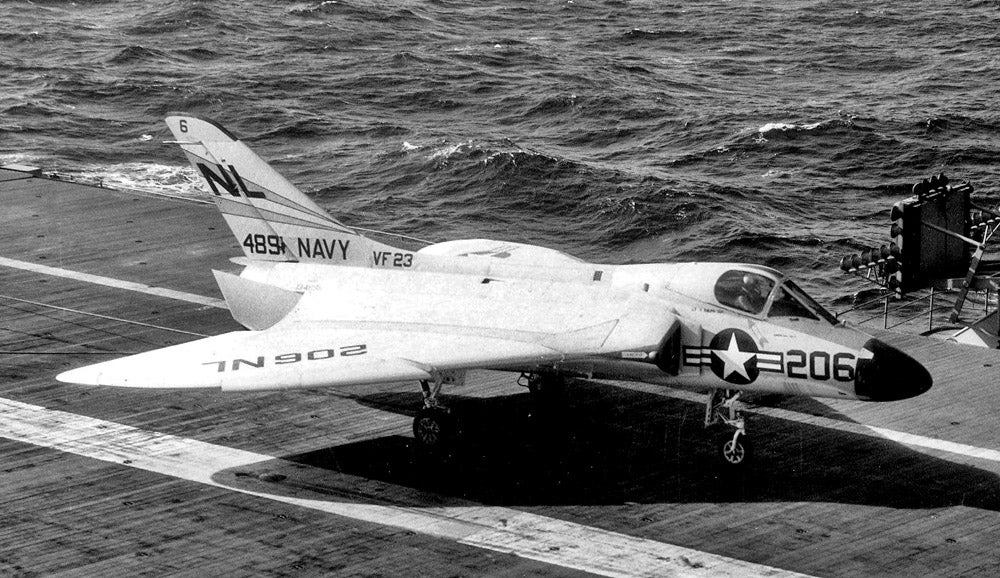 !!!CAPTION ERROR: MAY BE MULTI-LINE OR CONTAIN LINK!!!
!!!CAPTION ERROR: MAY BE MULTI-LINE OR CONTAIN LINK!!!
The Skyray entered service in 1956 and a total of 422 were produced but, despite the Skyray’s blistering speed, it soon became a victim of its own specialization. Designed solely as a high altitude interceptor, the Skyray was unsuited for the multi-role missions that newer aircraft were designed for. It served for only eight years before the Navy phased it out of service in 1969, though !!!error: Indecipherable SUB-paragraph formatting!!! continued to fly four Skyrays for research missions until 1969. (US Navy photos)
!!! UNKNOWN CONTENT TYPE !!!
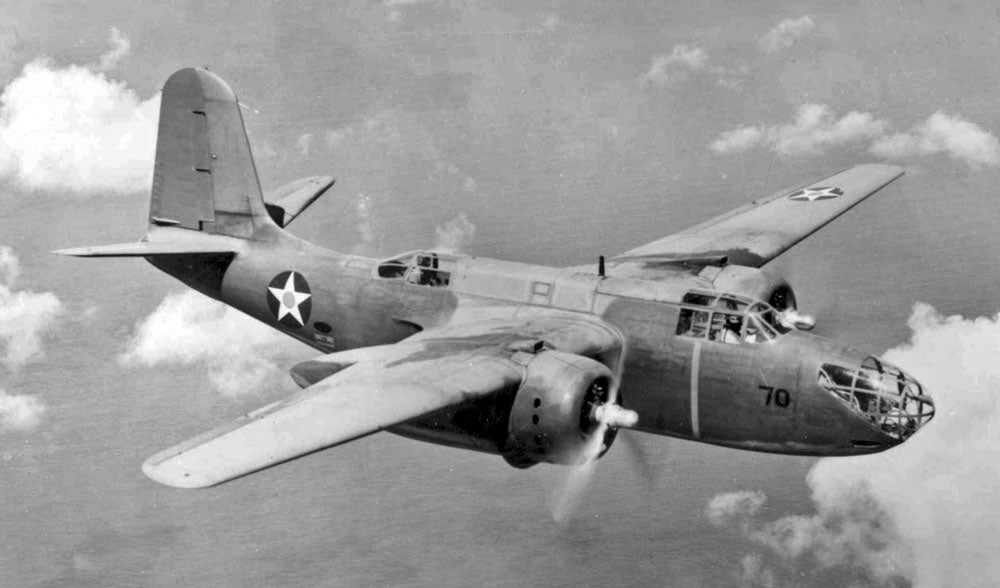
January 23, 1939 – The first flight of the Douglas A-20 Havoc. The Douglas A-20 Havoc was arguably one of the best medium bombers of WWII, but it doesn’t garner nearly as much attention today as the !!!error: Indecipherable SUB-paragraph formatting!!! , its closest competitor, even though they both arose from the same 1937 US Army request for new attack aircraft. In response to the Army’s request, North American submitted their NA-40 (which would become the B-25), Douglas proposed their DB-7 (Douglas Bomber 7, which would become the A-20), Stearman submitted the !!!error: Indecipherable SUB-paragraph formatting!!! , and Martin proposed their 167F (which would become the !!!error: Indecipherable SUB-paragraph formatting!!! ). In the end, the Army chose the Mitchell, and showed little interest in the DB-7. However, the French showed significant interest in the Douglas design, and they ordered 270 DB-7s at the outbreak of WWII with their own specific modifications which included a thinner, taller fuselage, 1,000 hp Pratt & Whitney radial engines, French guns and cockpit instruments that used the metric system. Aircraft sent to France were flown in a vain attempt to stop the German invasion, and were evacuated to North Africa with the fall of France. In battle, the DB-7 proved to be rugged and dependable, with excellent maneuverability and speed for its size.
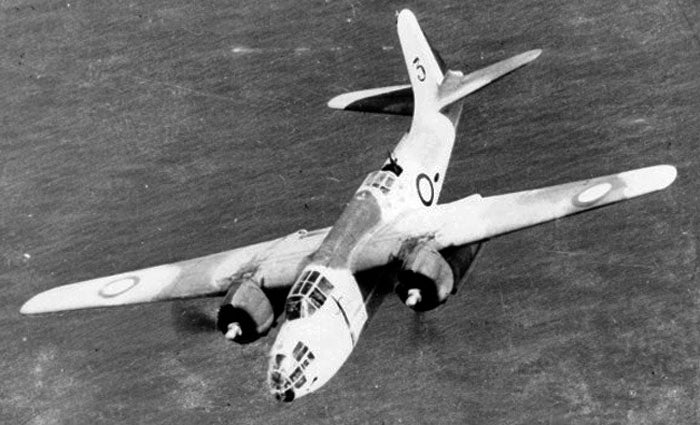
A DB-7 in French service in 1940
With the fall of France, the remaining aircraft were delivered to the British, where they became known as the Boston, and were intended to be used as bombers. However, their range was not sufficient to bomb targets on the European mainland, so many were instead converted to night fighters called the Havoc I. In this role, the glazed bombardier’s position was replaced with a solid nose housing a targeting radar and was fitted with forward firing machine guns. Another version, called Turbinlite, was fitted with a 2.7 million candlepower spotlight powered by batteries in the bomb bay along with a targeting radar. The unarmed Turbinlite aircraft would illuminate enemy bombers bombers so they could be attacked by other aircraft. A large number of A-20B, G and H Havocs were exported to the Soviet Union through the Lend-Lease program, and the Russians eventually operated more Havocs than the United States. The Soviets appreciated the high speed and maneuverability of the big plane, and when fitted with more powerful machine guns and cannons, it became a potent tank buster for the Soviet Air Force. Havocs were also exported to the Netherlands and Australia, where they saw service in the Pacific Theater.

RAF Bostons in formation
Though initially cool to the A-20, the Army changed its mind after seeing the successes of the French and British. The Army placed orders for two versions of the A-20, one for high-level bombing (A-20) and the other for low-level attack (A-20A). Douglas also produced a version known as the A-20B, which was intended for high-level bombing and lacked armor protection or self-sealing fuel tanks to reduce weight. Though the Army ordered 999 of these B models, the majority were sent to Russia. The A-20G, which removed the glazed nose in favor four 2omm cannons and two .50 caliber machine guns, was the most highly produced model with 2,850 built. The G model proved particularly effective in the Pacific against Japanese ground targets and shipping.
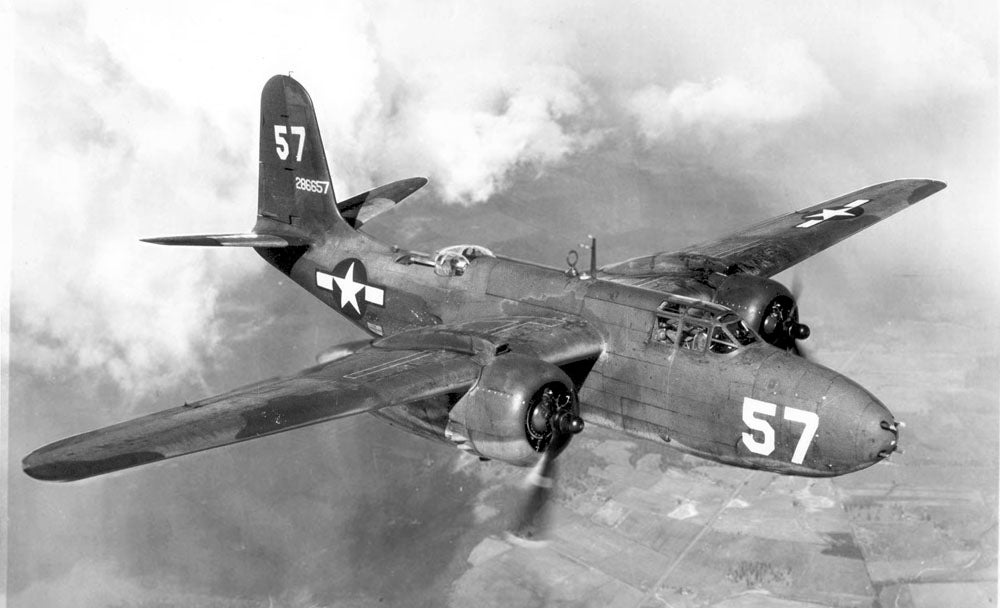
USAAF A-20G Havoc. Note the armament in the nose.
With the US entry into WWII, their first purpose-built night fighter, the Northrop P-61 Black Widow, was still a year away. Following the British lead, the Americans also converted the Havoc to the night fighting role. Dubbed the P-70, the aircraft’s glazed nose was painted over and filled with a SCR-540 radar, which was a copy of the radar set used by the British. Four 20mm cannons were fitted in a tray beneath the bomb bay, and extra fuel was loaded in the upper bomb bay. Later conversions of C and G models moved the weapons to the nose and the radar set took its place in the bomb bay.
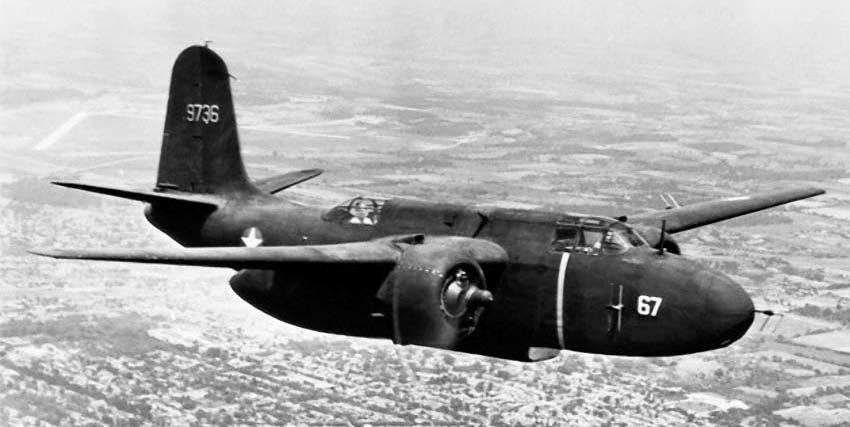
USAAF P-70 night fighter, painted black with radar set in the nose.
In the end, the bomber that had initially been turned down by the US Army Air Forces proved to be a rugged dependable, and extremely flexible platform that saw service in all theaters of the war. By the end of production in September 1944, nearly 7,500 Havocs had been built, with a handful also constructed under license by Boeing. (US Air Force photo; DB-7 photo !!!error: Indecipherable SUB-paragraph formatting!!! ; UK government photo; US Air Force photo)
!!! UNKNOWN CONTENT TYPE !!!
Short Takeoff
!!! UNKNOWN CONTENT TYPE !!!
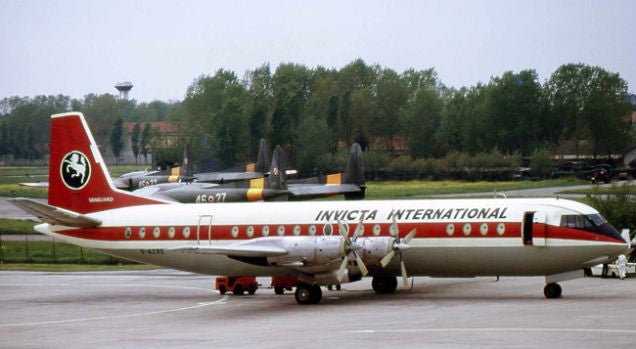
January 20, 1959 – The first flight of the Vickers Vanguard, a short- to medium-range turboprop airliner. An enlarged version of the successful !!!error: Indecipherable SUB-paragraph formatting!!! , the Vanguard was a victim of bad timing, as it was introduced at just about the same time as new jet-powered airliners, and sales suffered as a result. After ten years of service, Vickers introduced a cargo version called the Cargolifter, and that variant saw relatively good success, with older airliner versions subsequently converted to the cargo configuration. Forty-four Vanguards were produced, and the type was finally retired in 1996. (Photo by Piergiuliano Chesi via !!!error: Indecipherable SUB-paragraph formatting!!! )
!!! UNKNOWN CONTENT TYPE !!!

January 20, 1930 – The birth of Edwin Eugene “Buzz” Aldrin.
An engineer and astronaut, Aldrin was the pilot of the
!!!error: Indecipherable SUB-paragraph formatting!!!
Lunar Module and performed the first manned landing on the lunar surface. Once
!!!error: Indecipherable SUB-paragraph formatting!!!
had made his “giant leap for mankind,” Aldrin became the second man to set foot on the Moon. Aldrin graduated from West Point and served in Korea as a fighter pilot, flying the
!!!error: Indecipherable SUB-paragraph formatting!!!
on 66 combat missions and shooting down two
!!!error: Indecipherable SUB-paragraph formatting!!!
fighters. Prior to his Apollo 11 mission, Aldrin flew the final
!!!error: Indecipherable SUB-paragraph formatting!!!
mission with
!!!error: Indecipherable SUB-paragraph formatting!!!
and performed a 2 hour and 20 minute spacewalk. Aldrin left NASA in 1971 to become the Commandant of the
!!!error: Indecipherable SUB-paragraph formatting!!!
at Edwards AFB, and retired from the military the following year.
(NASA photo)
!!! UNKNOWN CONTENT TYPE !!!
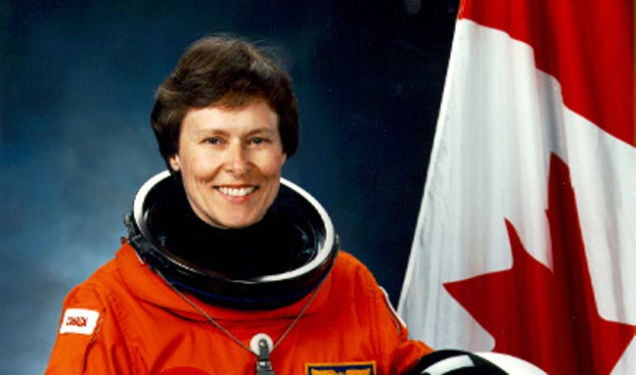
January 22, 1992 – The launch of Space Shuttle Discovery on STS-42, carrying the first Canadian woman into space
as part of an international crew that also carried the first German astronaut,
!!!error: Indecipherable SUB-paragraph formatting!!!
, on his second trip into Earth orbit. A neurologist, Bondar started training to be an astronaut in 1984 and served as a Payload Specialist for the International Microgravity Laboratory Mission, performing experiments inside the Shuttles pressurized
!!!error: Indecipherable SUB-paragraph formatting!!!
. Following her Shuttle mission, Bondar worked for more than 10 years with NASA, leading an international research team to find ways to help humans recover from the weightlessness of space travel.
(NASA photo)
!!! UNKNOWN CONTENT TYPE !!!
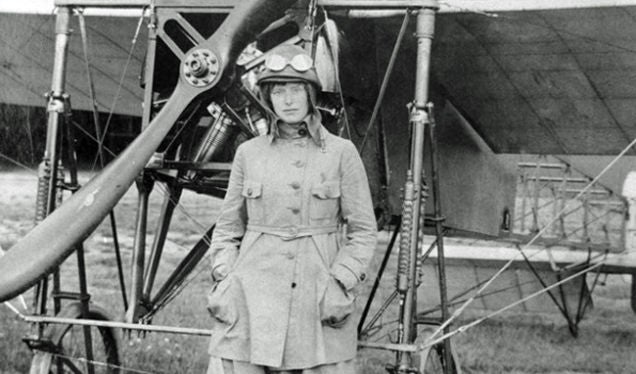
January 22, 1922 – The death of Elsa Andersson.
The daughter of a farmer, Andersson aspired to be more than just a farmer’s wife. So, at age 24, she learned to fly, becoming Sweden’s first woman pilot. Following that achievement, she traveled to Germany to learn how to parachute, and toured as a parachuting stunt performer, often diving head first out of the airplane and performing acrobatics during free fall. Her untimely death came in the third jump of the day at a show Askersund, Sweden. In front of 4,000 spectators, Andersson’s parachute malfunctioned, opening too close to the ground to slow her fall. She was just 25 years old.
(Photo author unknown)
!!! UNKNOWN CONTENT TYPE !!!
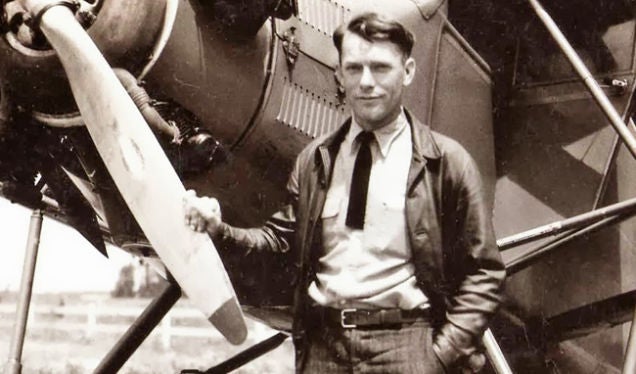
January 22, 1907 – The birth of Douglas “Wrong Way” Corrigan.
Having helped
!!!error: Indecipherable SUB-paragraph formatting!!!
construct the
!!!error: Indecipherable SUB-paragraph formatting!!!
, and a pilot himself, Corrigan hoped to make his own transatlantic filght. However, his application to the Bureau of Air Commerce was rejected because they said his aircraft was unsound for such a trip. Undaunted, Corrigan first flew from California to New York’s Floyd Bennett Field. After filing a flight plan for a return to California, Corrigan instead headed east across the Atlantic Ocean and, after 18 hours of flying, arrived in Ireland. Corrigan claimed that he never intended to make the flight, and that navigational errors, obscured landmarks, and a faulty compass led to his wrong way flight. Corrigan was only lightly punished by aviation officials, and he became a celebrity, with ticker tape parades in both New York and Chicago. Corrigan died in 1955.
(Photo author unknown)
!!! UNKNOWN CONTENT TYPE !!!

January 22, 1892 – The birth of Marcel Dassault. Born Marcel Bloch, Dassault made his first contribution to aviation by designing an aircraft propeller during WWI, and later founded his own aircraft manufacturing company, the Société des Avions Marcel Bloch . Of Jewish parentage, Bloch took the name Dassault, deriving it from char d’assaut , the French work for battle tank . During WWII, Dassault refused to collaborate with the !!!error: Indecipherable SUB-paragraph formatting!!! , a French company created during the German occupation of France, so he was sent to the !!!error: Indecipherable SUB-paragraph formatting!!! concentration camp until its liberation in 1945. In 1947, his company became the Société des Avions Marcel Dassault, which designed the first French jet fighter to enter production, the !!!error: Indecipherable SUB-paragraph formatting!!! . !!!error: Indecipherable SUB-paragraph formatting!!! is now the premiere manufacturer of military, business and regional jets in France. Dassault died in 1986. (Photo author unknown)
!!! UNKNOWN CONTENT TYPE !!!
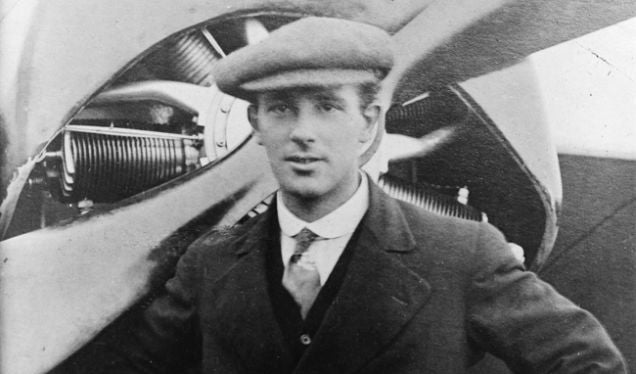
January 22, 1889 – The birth of Harry George Hawker, an Australian aviation pioneer, chief test pilot for !!!error: Indecipherable SUB-paragraph formatting!!! during WWI, and founder of Hawker Aircraft. Hawker began his career as an auto mechanic in England before starting work with Sopwith. There he convinced them to teach him to fly, and he soloed after just three lessons. Following the liquidation of Sopwith Aircraft in 1920, Hawker teamed with Thomas Sopwith to start a new company, H.G. Hawker Engineering. Though Harry Hawker died in 1921 in the crash of his !!!error: Indecipherable SUB-paragraph formatting!!! , the company he helped found continued. Through a series of acquisitions and mergers it became Hawker Siddeley Aircraft, though it continued to make aircraft with the Hawker name. These included many of the most important and iconic aircraft of WWII, particularly the !!!error: Indecipherable SUB-paragraph formatting!!! and !!!error: Indecipherable SUB-paragraph formatting!!! . (Photo from the George Grantham Bain Collection via !!!error: Indecipherable SUB-paragraph formatting!!! )
!!! UNKNOWN CONTENT TYPE !!!

January 23, 2007 – The first flight of the Lockheed Martin CATBird (Cooperative Avionics Test Bed),
a highly modified
!!!error: Indecipherable SUB-paragraph formatting!!!
that is used to test the avionics on the
!!!error: Indecipherable SUB-paragraph formatting!!!
. Lockheed purchased the 737 from Indonesian Airlines and began the process of converting the former airlinier in 1986. With a full-sized F-35 lightning nose section on the front of the aircraft, and canards that are the exact size and position relative to the nose as the actual F-35, the CATBird provides an economical way to test the Lightning’s suite of avionics, and can carry engineers and other testing equipment aloft in a flexible system for testing different components and configurations.
(Photo via
!!!error: Indecipherable SUB-paragraph formatting!!!
)
!!! UNKNOWN CONTENT TYPE !!!
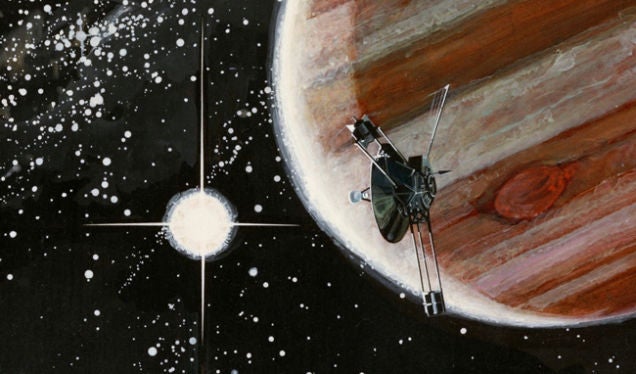
January 23, 2003 – The final communication is made between Earth and Pioneer 10,
an unmanned spacecraft that was designed to study Jupiter. Launched on March 3, 1972, Pioneer 10 made its closest approach to Jupiter on December 3, 1973. After leaving Jupiter, Pioneer 10 crossed the orbit of Saturn in 1976 and Uranus in 1979, finally achieving exit velocity and leaving our solar system on March 31, 1997. After solar power to the radios and antenna had become too weak, NASA received Pioneer 10's final radio message on January 13, 2003, when the probe was 12 billion kilometers from Earth. Pioneer 10's final trajectory would take it in the direction of the star
!!!error: Indecipherable SUB-paragraph formatting!!!
, about 68 light years away. At its current velocity, it will take Pioneer 10 more than 2 million years to reach Aldebaran.
(NASA illustration)
!!! UNKNOWN CONTENT TYPE !!!
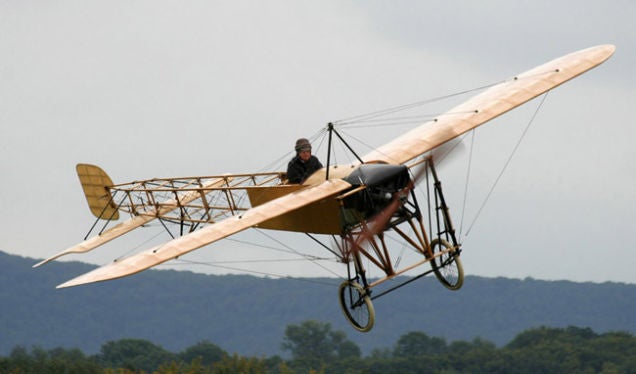
January 23, 1909 – The first flight of the Blériot XI. In the early days of aviation, flying across the English Channel seemed an insurmountable feat. The first pilot to make the journey successfully was !!!error: Indecipherable SUB-paragraph formatting!!! , flying a Blériot XI, a plane of his own design and construction. The flight made Blériot an instant celebrity, and his fame was an important factor in the success of his budding aircraft company. Produced in single and double seat configurations, the Blériot XI saw service in WWI, and would be the aircraft of choice for many pioneering aviators who used it for racing and record-setting flights. Two restored Blériot XIs exist today, and are considered the oldest flyable aircraft in the world. (Photo by J. Klank via !!!error: Indecipherable SUB-paragraph formatting!!! )
!!! UNKNOWN CONTENT TYPE !!!
Connecting Flights
!!! UNKNOWN CONTENT TYPE !!!
!!! UNKNOWN CONTENT TYPE !!!
!!! UNKNOWN CONTENT TYPE !!!
!!! UNKNOWN CONTENT TYPE !!!
!!! UNKNOWN CONTENT TYPE !!!
If you enjoy these Aviation History posts, please let me know in the comments. And if you missed any of the past articles, you can find them all at
!!!error: Indecipherable SUB-paragraph formatting!!!
. You can also find more stories about aviation, aviators and airplane oddities at
!!!error: Indecipherable SUB-paragraph formatting!!!
.
!!! UNKNOWN CONTENT TYPE !!!
 For Sweden
> ttyymmnn
For Sweden
> ttyymmnn
01/23/2018 at 12:38 |
|
Is the F-2 the best F-16? Some say yes.

 ttyymmnn
> For Sweden
ttyymmnn
> For Sweden
01/23/2018 at 13:32 |
|
Well, it is bigger.
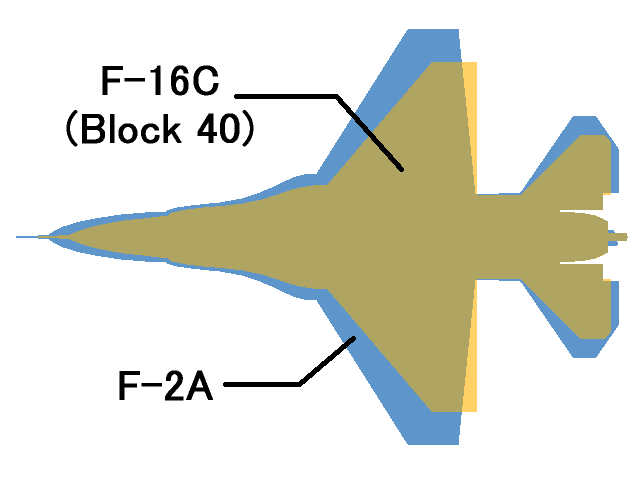
 promoted by the color red
> ttyymmnn
promoted by the color red
> ttyymmnn
01/23/2018 at 13:40 |
|
I helped restore one of the record-setting prototype Skyray planes. Really happy to see it show up here. :)
 ttyymmnn
> promoted by the color red
ttyymmnn
> promoted by the color red
01/23/2018 at 13:48 |
|
Neat! The Skyray has always been one of my favorites. Douglas built an even faster one, called the F5D Skylancer. But they only made four of them before the program was canceled.
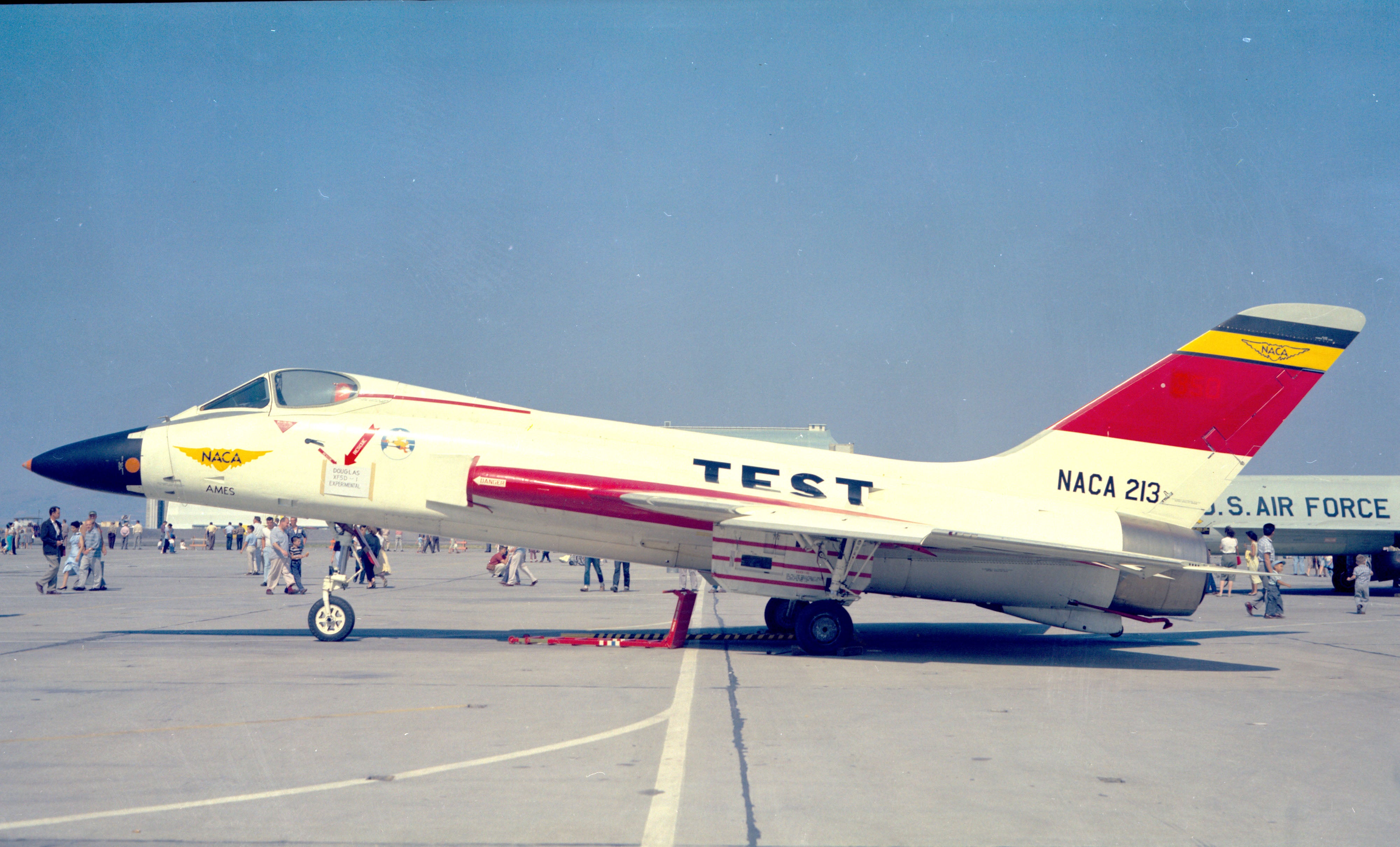
 facw
> For Sweden
facw
> For Sweden
01/23/2018 at 14:10 |
|
And some say no.
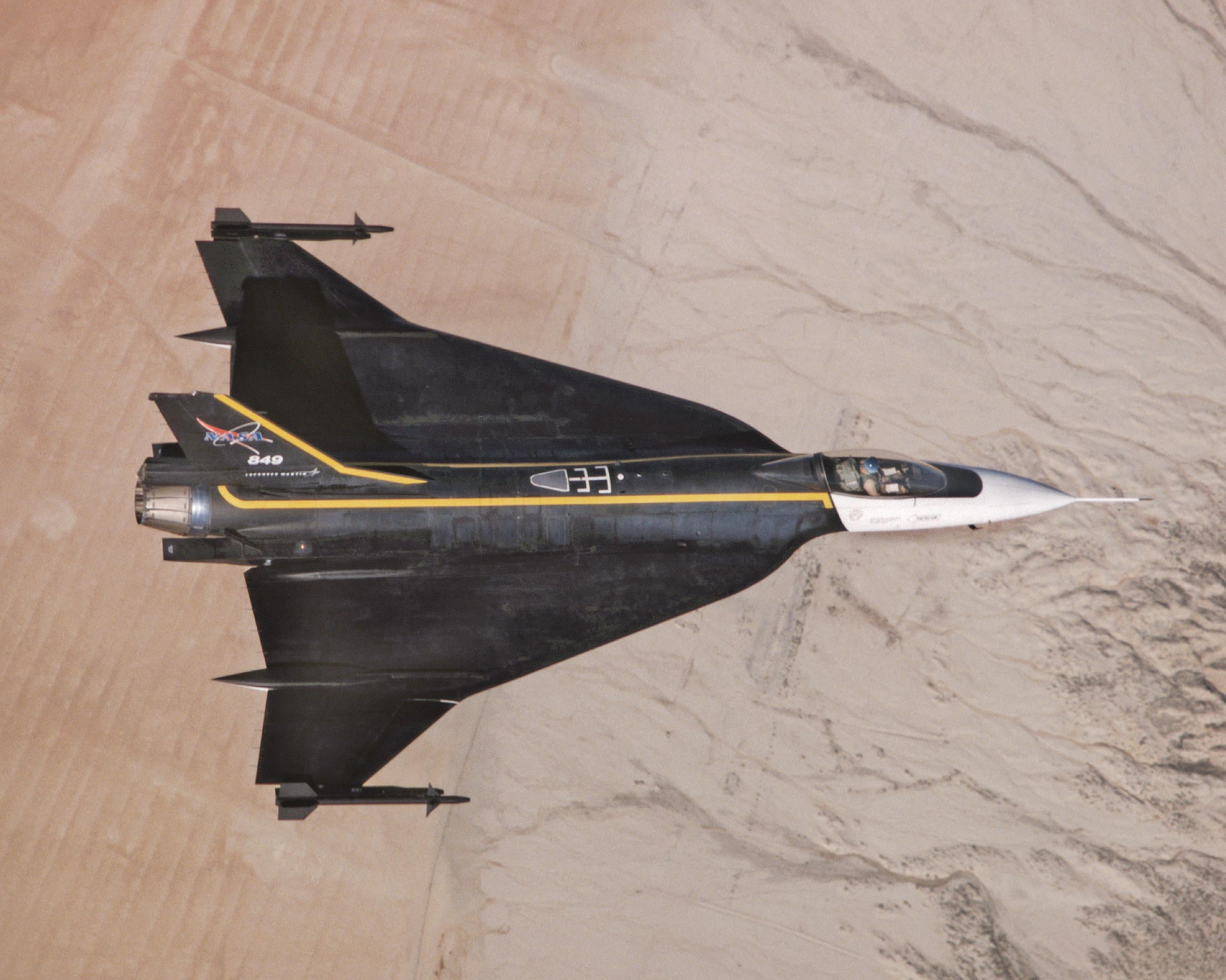
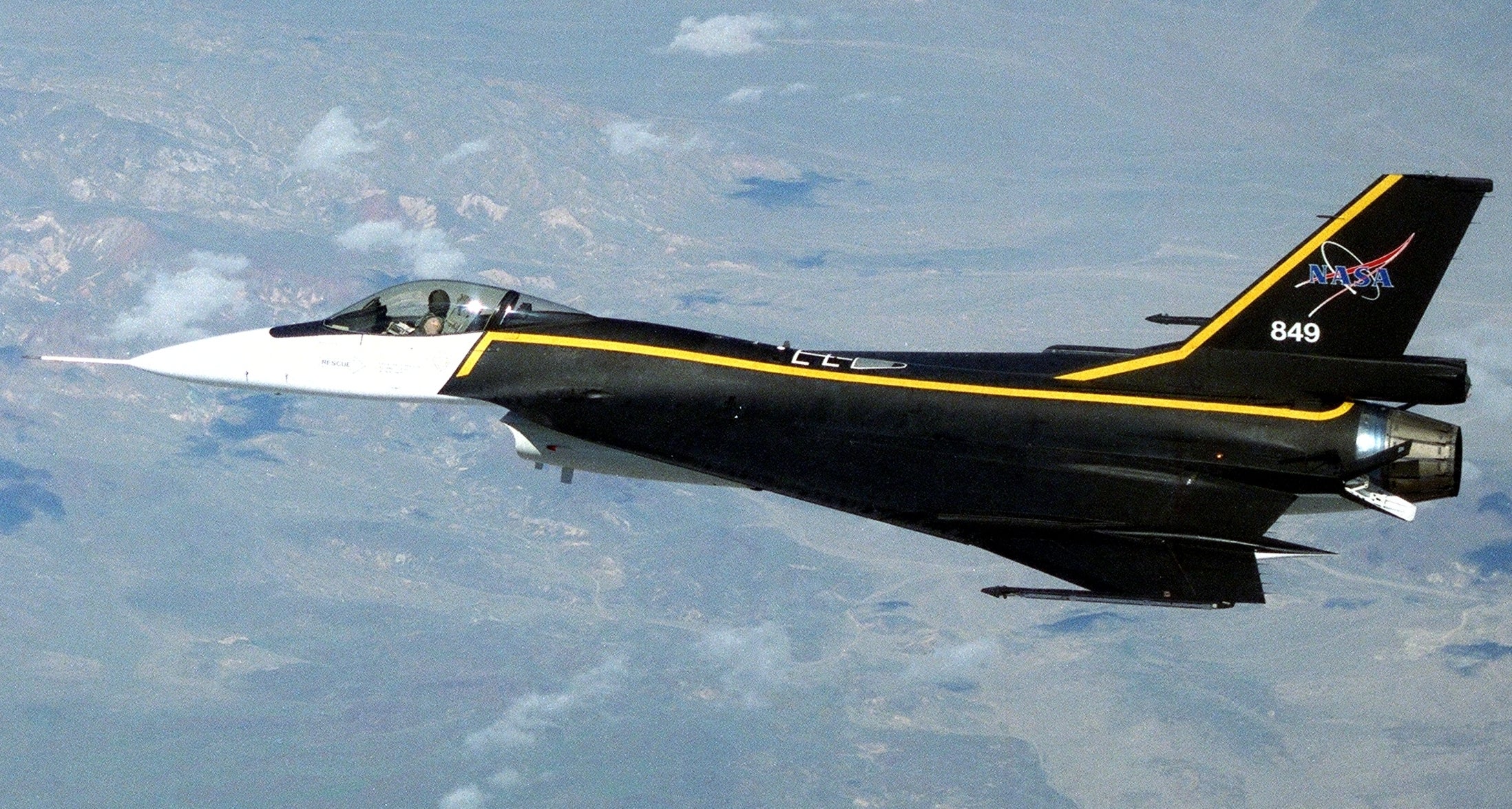
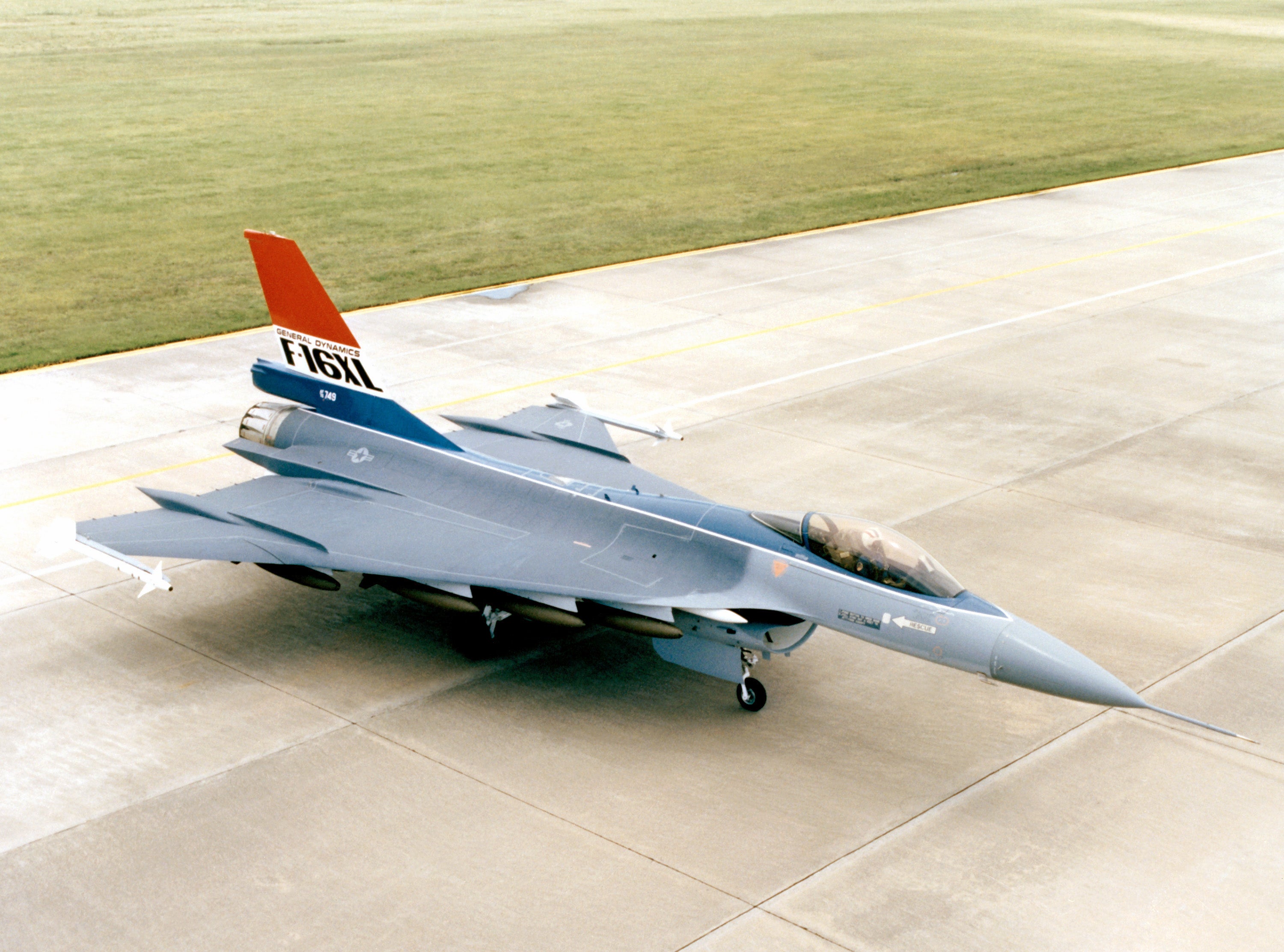
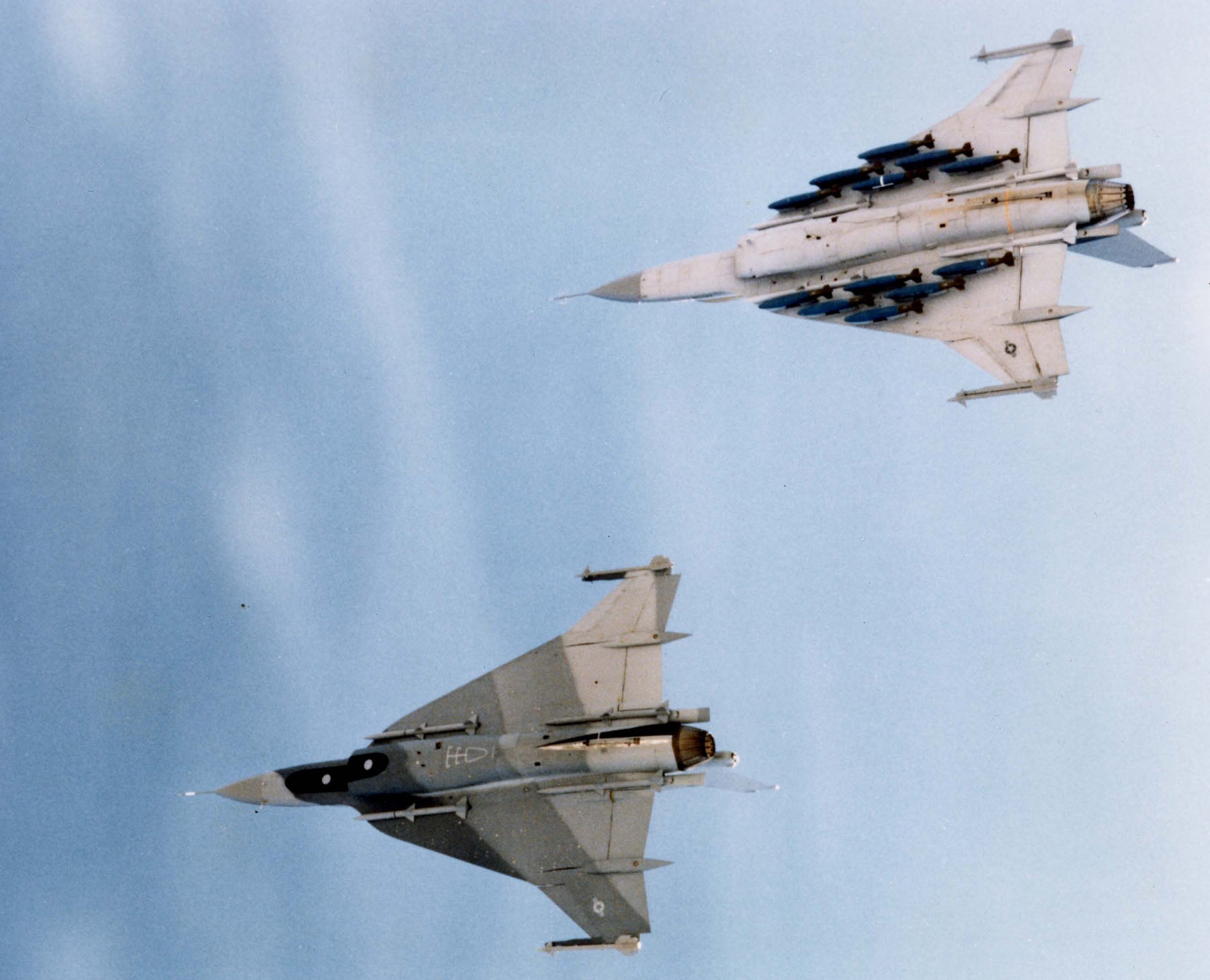
 user314
> For Sweden
user314
> For Sweden
01/23/2018 at 14:12 |
|
Sorry, not while the F-16I exists.
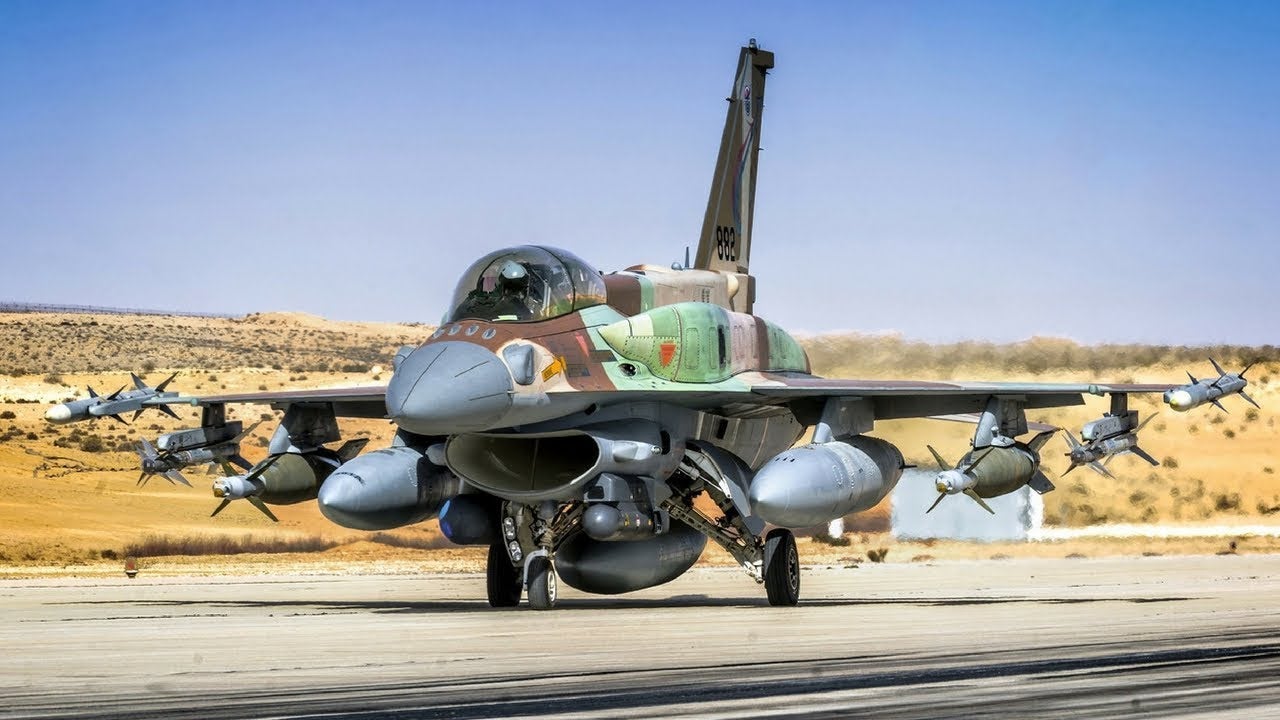
 user314
> ttyymmnn
user314
> ttyymmnn
01/23/2018 at 14:14 |
|
At its current velocity, it will take Pioneer 10 more than 2 million years to reach Aldebaran.
Too bad it’ll never get there.
 ttyymmnn
> user314
ttyymmnn
> user314
01/23/2018 at 14:20 |
|
Klingons are such assholes.
 user314
> facw
user314
> facw
01/23/2018 at 14:57 |
|
Yes. Also, the F-16 AFTI
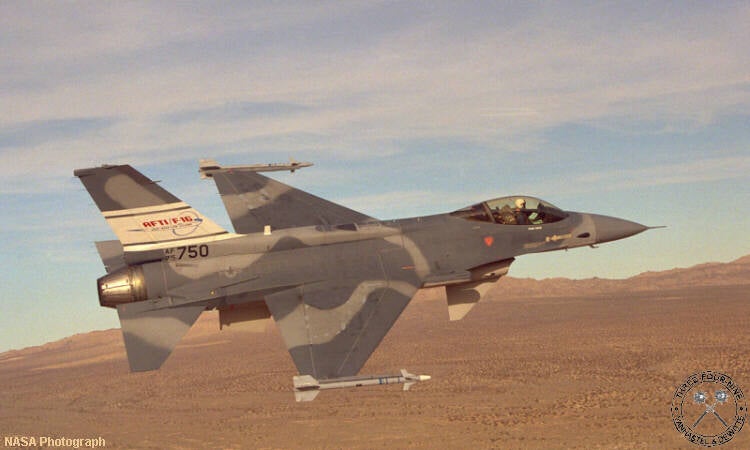
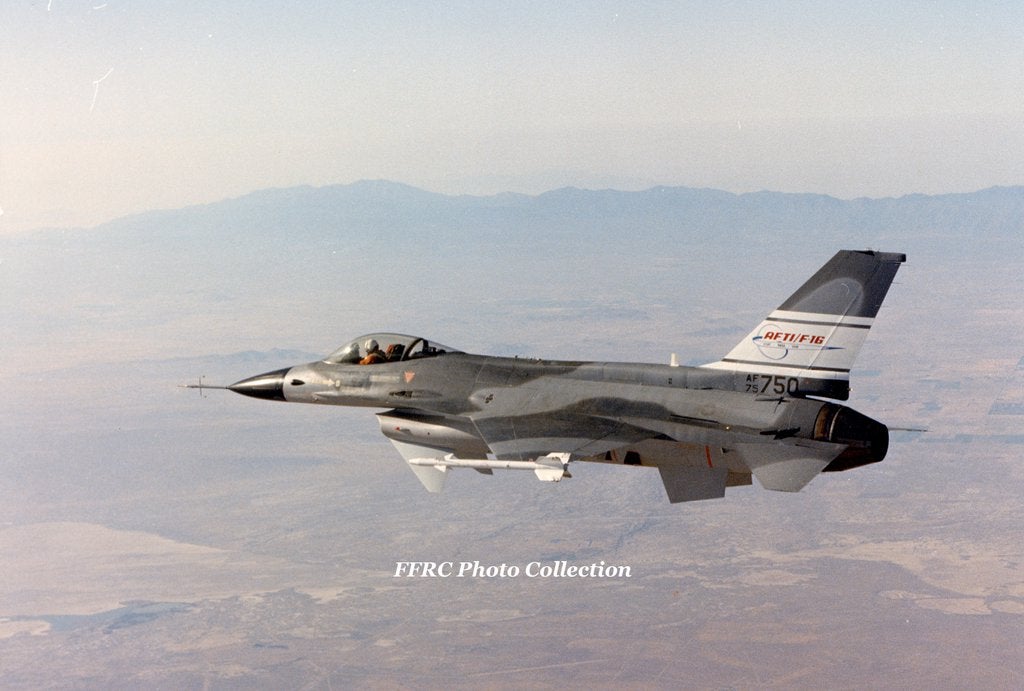
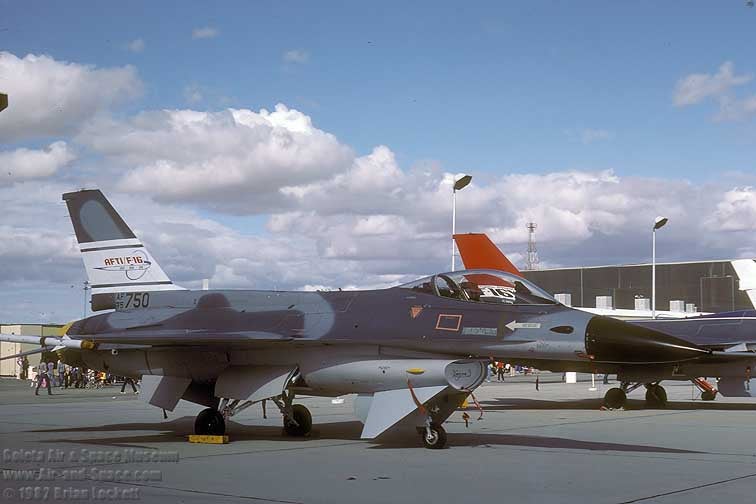
 Spaceball-Two
> ttyymmnn
Spaceball-Two
> ttyymmnn
01/23/2018 at 15:03 |
|
When did the F-16 become the “Viper”?
I see the term used now and again and it still throws me off. I grew up calling it the Falcon.
 facw
> Spaceball-Two
facw
> Spaceball-Two
01/23/2018 at 15:21 |
|
It’s not an official name, but an informal nickname (in the same way the A-10 is called the Warthog as opposed to it’s official name: Thunderbolt II). It’s old though, supposedly it is taken from the Viper starfighter from Battlestar Galactica which aired in 1978, the same year the F-16 began active service.
 ttyymmnn
> Spaceball-Two
ttyymmnn
> Spaceball-Two
01/23/2018 at 15:33 |
|
As usual facw has a good answer. Here’s a little more info on the nickname.
http://www.f-16.net/articles_article10.html
 ttyymmnn
> Spaceball-Two
ttyymmnn
> Spaceball-Two
01/23/2018 at 15:35 |
|
In other news, the F/A-18E/F Super Hornet is referred to as Rhino, and not Hornet, by carrier crews to avoid confusion with the earlier F/A-18A through D.
 ttyymmnn
> facw
ttyymmnn
> facw
01/23/2018 at 15:36 |
|
It would seem that your information is correct, as usual.
http://www.f-16.net/articles_article10.html
 oldmxer
> ttyymmnn
oldmxer
> ttyymmnn
01/24/2018 at 00:34 |
|
test pilot Neal Anderson was at the controls of an early f 16 on the day they did the first exhibition for the general dynamics workers, all went well until he was ready to land, i believe there was a failure in one of the landing gear, he came down with the gear up and did a great belly landing in the grass between the runways. i think this made him the choice to fly the plane in it’s debut at the paris air show where the story goes he took off so fast he got off the runway quickly and shot straight up a few seconds and then made a high g turn to inverted level to the ground, after the rest of his routine was over the other manufacturers pilots looked at each other and none of them wanted to go next